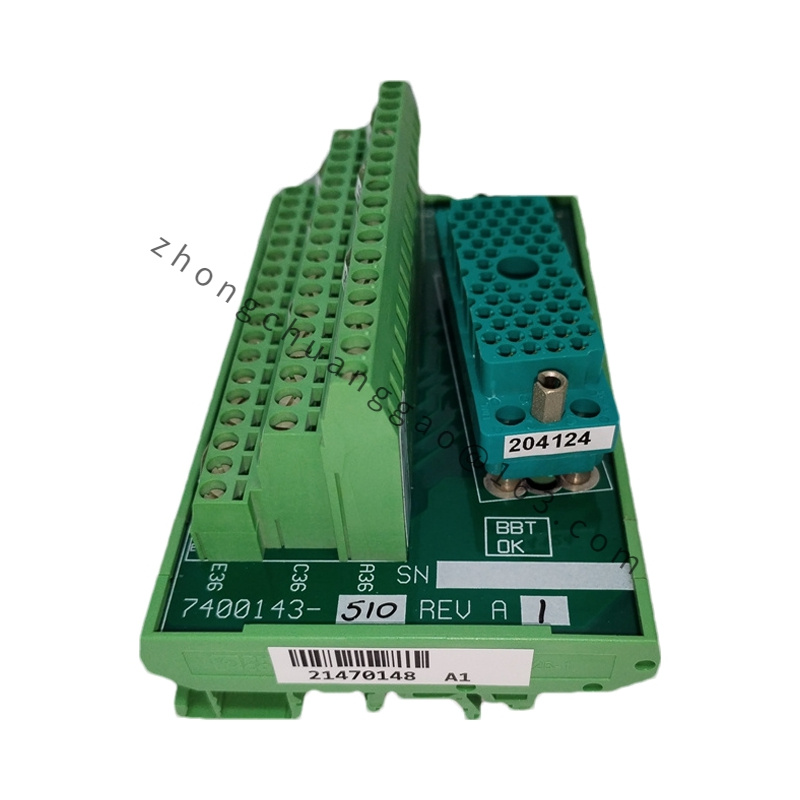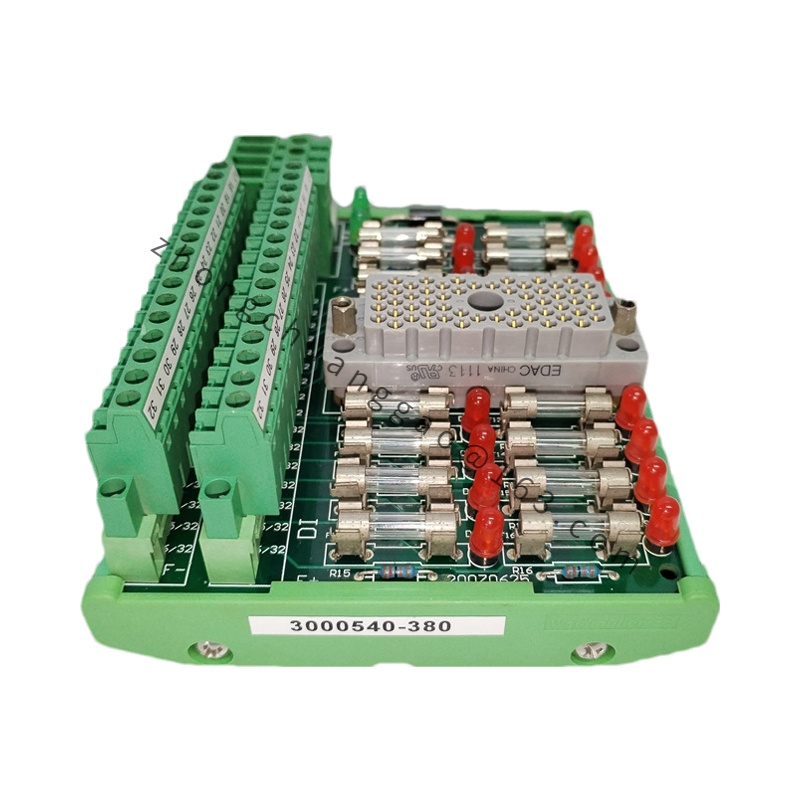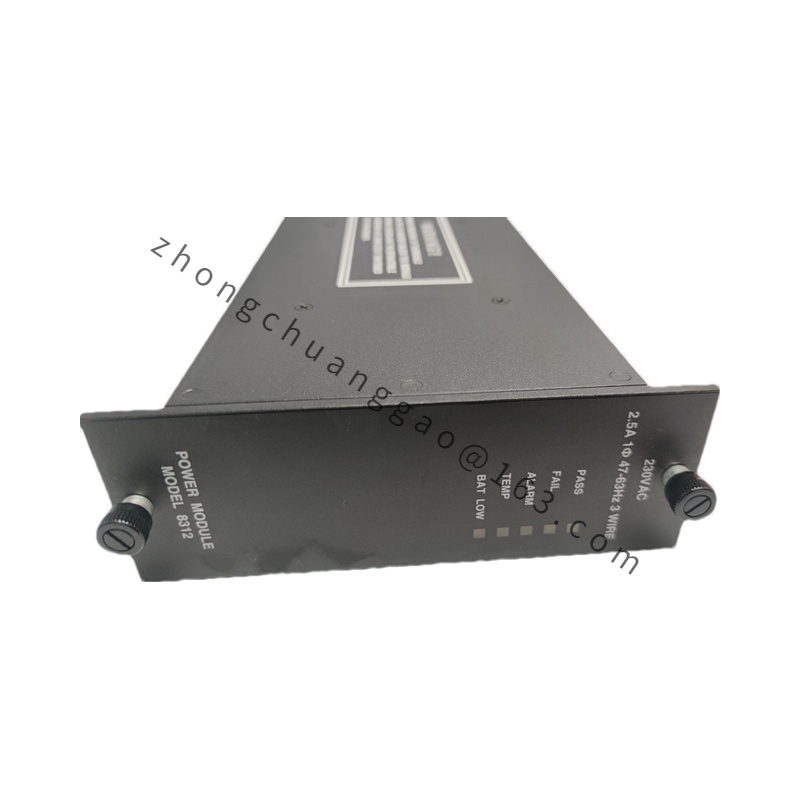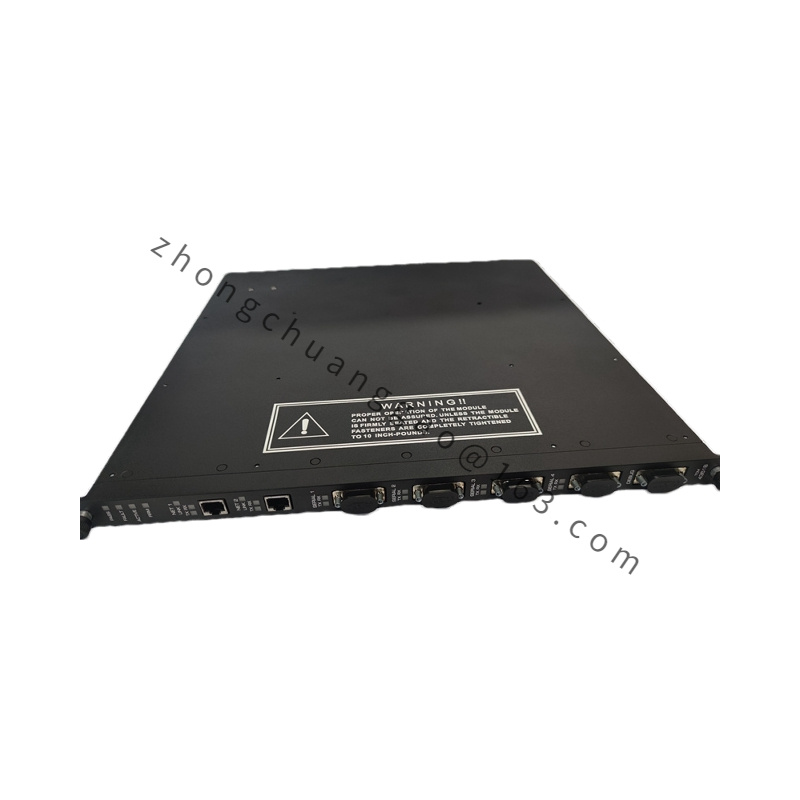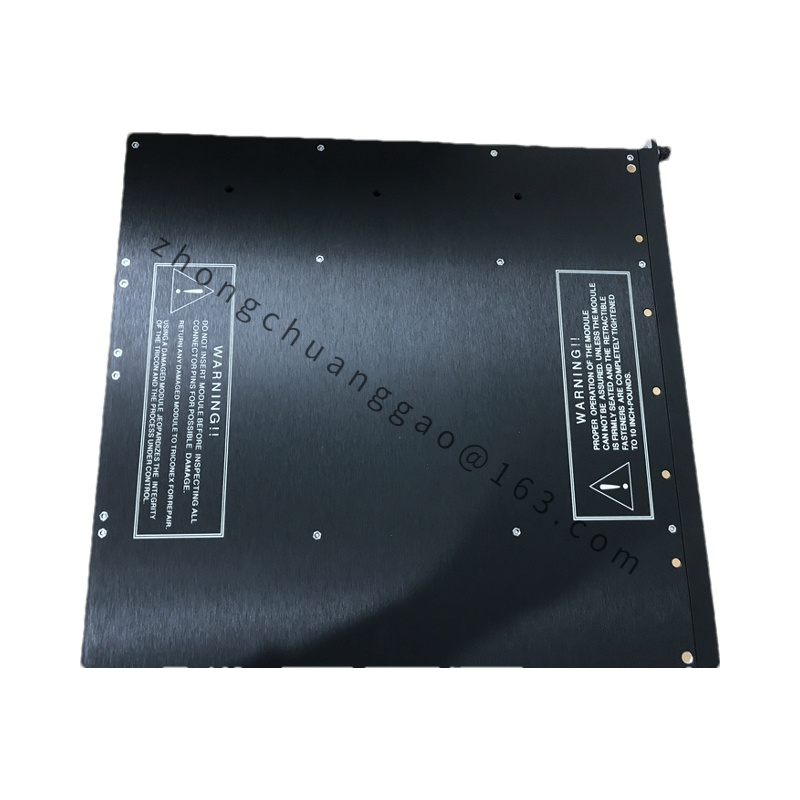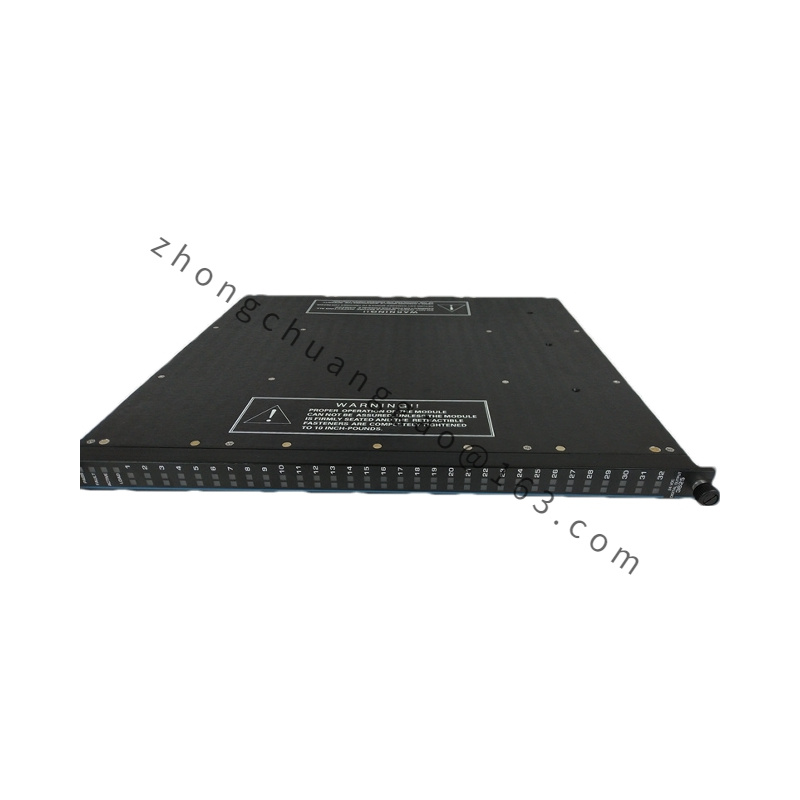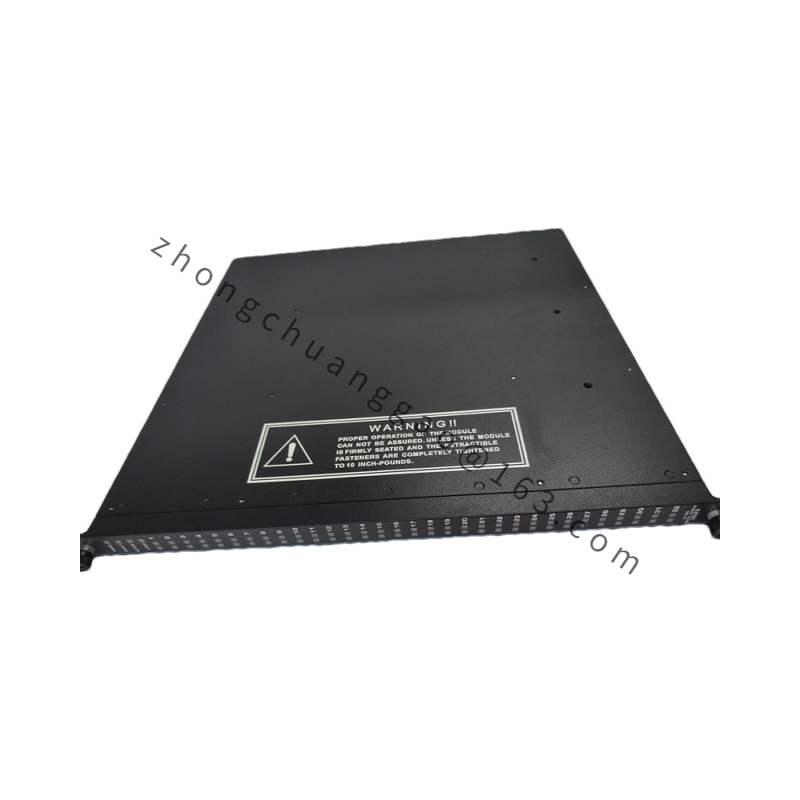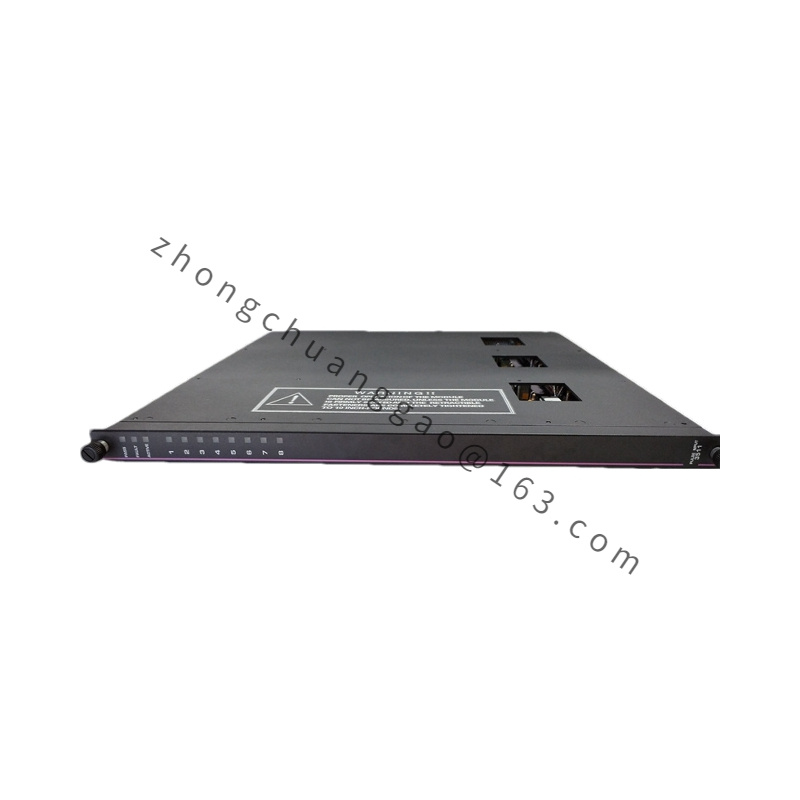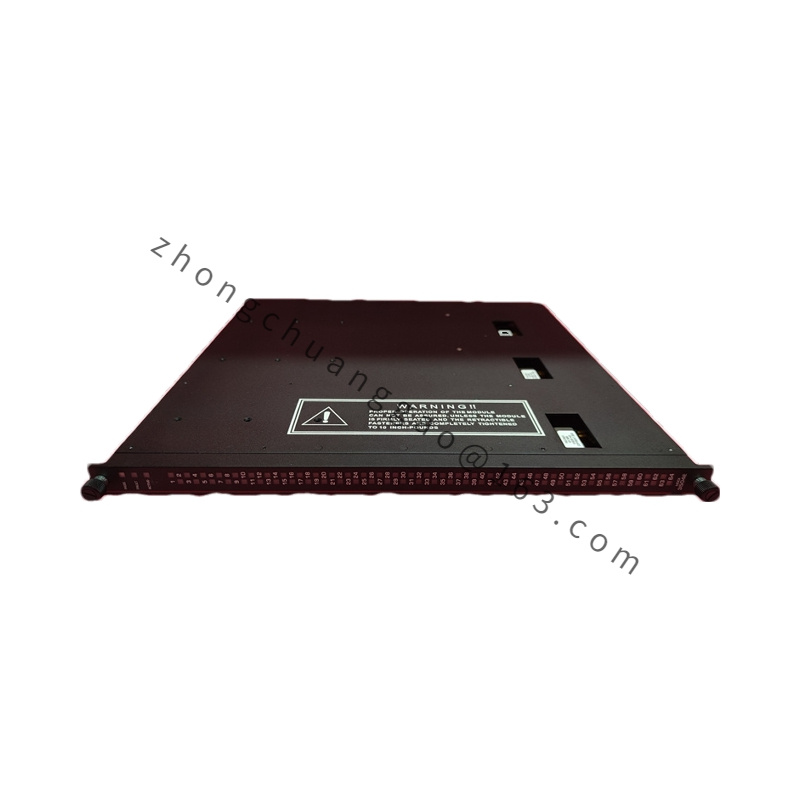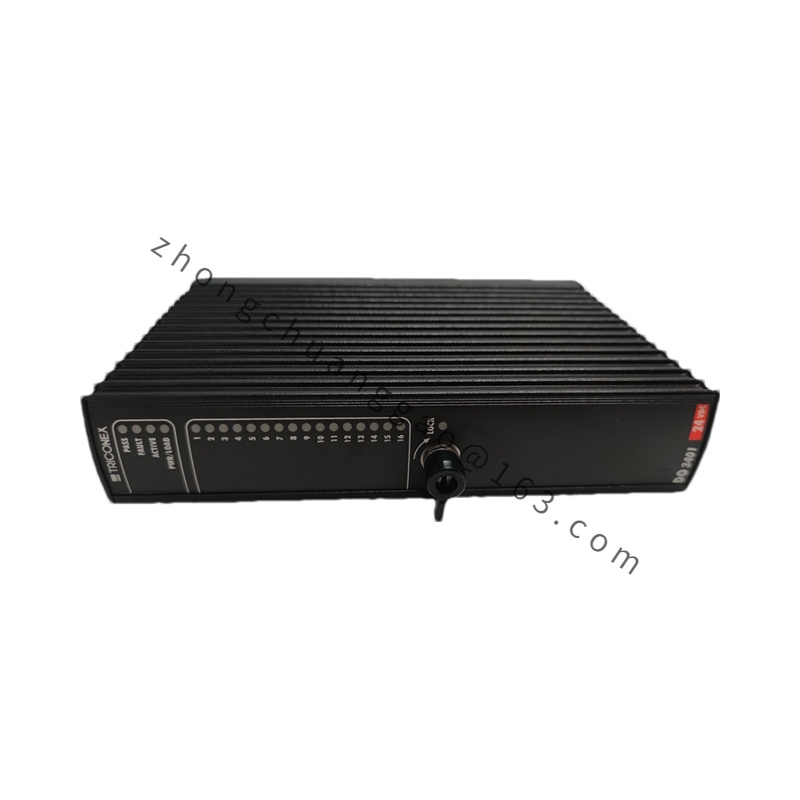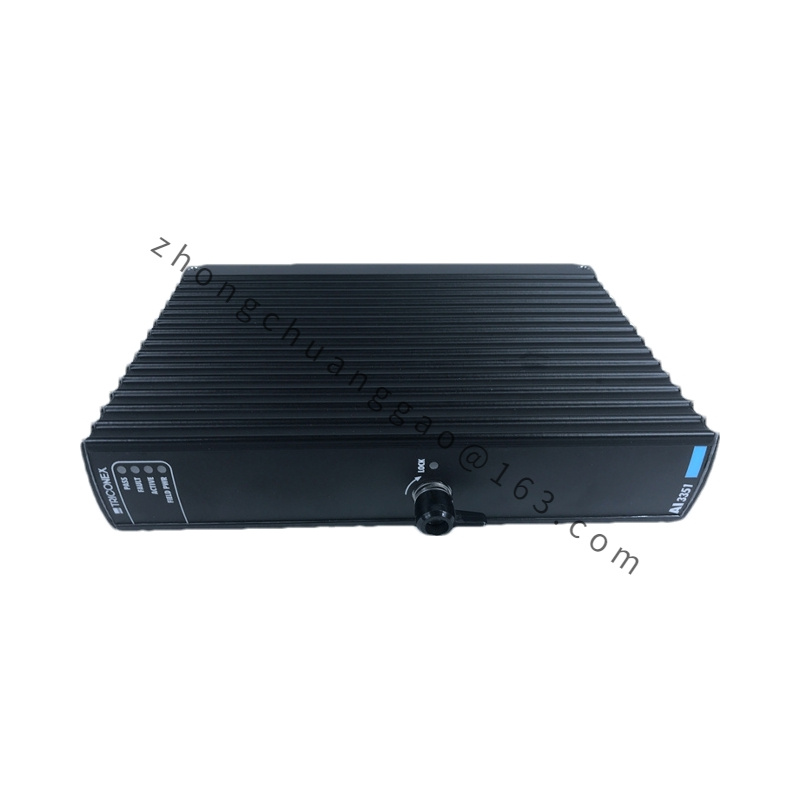Triconex 4352B
TRICONEX 4352B is a digital input module designed for industrial automation and control systems. It is capable of receiving and monitoring digital signal inputs, making it ideal for a wide range of industrial applications. The module is known for its reliability, safety, and high performance, ensuring accurate and timely monitoring of industrial processes.
Detailed content
Technical Specifications
- Input Voltage Range: AC 85-265V, 47-63Hz; DC 24V
- Maximum Output Current: 2A
- Maximum Power: 48W
- Operating Temperature Range: 0-60°C
- Storage Temperature Range: -40°C to 85°C
- Dimensions: 152.4mm x 152.4mm x 101.6mm
Functional Characteristics
- Multiple Digital Input Channels: Provides multiple channels for receiving discrete signals from sensors or switches.
- Support for Various Input Types: Capable of handling different types of digital input signals, such as On/Off states, pulse counting, or frequency signals.
- High-Speed Sampling: Offers high-speed sampling rates for real-time monitoring and response to high-frequency signal changes.
- Redundancy Design: Features redundancy options, such as dual-channel input or multiple redundancy, to ensure high reliability.
- Hardware and Software Fault Diagnosis: Equipped with fault diagnosis functions to detect and report faults in the module or input signals.
- Programmable Configuration: Allows users to configure input channels, set thresholds, sampling intervals, and other parameters according to application needs.
- High Anti-Interference Ability: Designed to resist electromagnetic interference, ensuring stable signal acquisition and processing.
- Data Communication Interface: Provides interfaces for data communication, enabling integration with other control systems or devices.
Application Scenarios
- Safety Systems: Used in industrial safety systems to monitor the status of safety equipment, such as emergency stop buttons and safety doors.
- Process Monitoring: Monitors digital signals during production processes, including temperature, pressure, flow rate, and other parameters.
- Environmental Monitoring: Monitors environmental parameters, such as humidity and gas concentration, in environmental monitoring systems.
- Building Automation: Used in building automation systems to monitor the status of lighting, air conditioning, ventilation, and other equipment.
- Energy Management: Monitors the status of energy-consuming devices, such as electricity meters and water meters, in energy management systems.
- Production Line Control: Monitors and controls the status of production equipment to ensure stability and consistency in the production process.
- Machine Monitoring: Monitors the status of machinery and equipment, such as motors, pumps, and valves.
- Data Collection and Reporting: Collects digital signals, records historical data, and generates reports for analysis and optimization.

